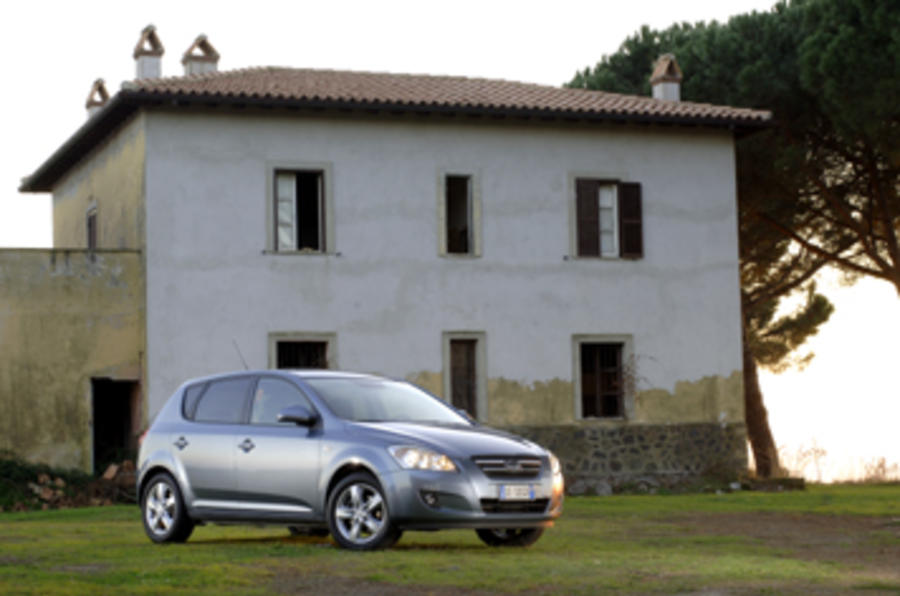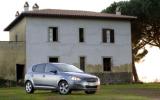What is it?
The new Kia Cee'd, a Korean car that's about to give the world of European cars an almighty shake-up. From now on it’s not just the traditional market leaders, Ford, VW, Peugeot and Vauxhall who build credible compact hatchbacks for Europe’s discerning Mr Average. It’s the Koreans, too.
The new Cee’d, on sale in UK showrooms at the end of January 2007, has been conceived in Europe by Europeans, and its only purpose in life is to impress and attract Golf-Astra-Focus buyers. On our first acquaintance, it does an extremely good job.
What's it like?
Oddball name apart, the Cee’d is the first Kia (or Hyundai) completely to eliminate the peculiarities of styling and specification that have previously put Korean cars beyond the pale for many buyers. Park the Ceed between a Golf and an Astra and it’s a perfect member of the fraternity. Sit inside and you’ll feel the same — and no wonder; it's designed by Europeans, and built in Slovakia.
The result is a modern but conventional, all-steel, transverse front-drive five-door hatchback — to be joined next year by three-door and five-door estate versions — which manages to attract attention with its neat, perfectly balanced styling and some eye-catching standard equipment, rather than with an exotic mechanical specification.
In most internal dimensions — especially shoulder width and headroom — the Cee’d is a little bigger than the already-generous Ford Focus, and Kia claims a clear class lead in overall interior space. The instrument cluster design offers a nice change from the Ford-VW white-on-black treatment, without being too radical, and the soft-feel fascia materials and controls seem to offer something very similar VW quality (though the early left-handed cars we drove on test were built to Italian spec, not British, so it was difficult to judge).
The Cee’d's mechanical specification stays in the meainstream, too. The car adopts the MacPherson strut front suspension and electric power steering which the top five models use, plus a five-link independent rear system of the type adopted first by Ford for the first Focus, then by VW for the current Golf. Basic Cee’ds get 15-inch steel wheels, but mid-spec cars get 16-inch alloys.
There are three petrol engines offered, all with twin cams, 16 valves and variable valve timing (2.0 litre/141bhp, 1.6 litre/120bhp and 1.4 litre/108bhp). There is just one turbodiesel at launch, a 1.6-litre direct-injection, common-rail 16-valve unit, but it comes in two power outputs (89bhp and 114bhp). A 2.0-litre single ohc 8v unit, with 138bhp on tap, will be added in mid-2007. All engines except the 2.0-litre come with standard five-speed manual boxes but the 2.0-litre gets a six-speeder. An optional four-speed auto will be offered with the 1.6-litre petrol.
In Britain there will be four trim levels. The big sellers are likely to be the well-equipped 'starter' S spec (six airbags, air conditioning, a CD player with MP3 capability, steering wheel audio controls, central locking, front electric windows and trip computer) and the 'everyman' GS (which adds 16-inch alloys, a six-speaker audio system with a USB, aux and iPod socket, remote locking and electric/heated outside mirrors). There are two upper models, the luxurious LS (climate control, rear electric windows, part-leather seats, front fog lamps) and the sporty TS (17-inch alloys, six-CD autochanger, ESP, alloy pedals, sports seats and black bezel headlamps).






























Add your comment